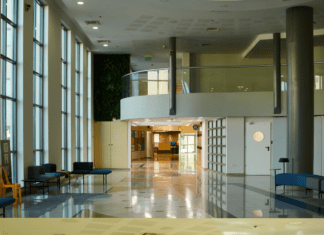This post is also available in:
 עברית (Hebrew)
עברית (Hebrew)
The US Federal Aviation Administration’s (FAA) new regulations, that went into effect on August 29 for routine non-recreational use of drones, deal mainly with safety but have implications on privacy.
According to the FAA website, the provisions of the new rule – formally known as Part 107 – are designed to minimize risks to other aircraft and people and property on the ground.
The regulations refer mainly to the requirements for airspace authorization in controlled airspace, and aeronautical knwoledge test for remote pilot certificate.
According to iapp.org blog, the rule does not include privacy-specific standards, and the FAA unequivocally stated that it lacks the authority to regulate the privacy aspects of drone operations.
Even though the FAA’s new UAS rule is focused on safety, at least three provisions within the rule have implications for privacy:
Flights over non-participating people: UAS may not operate over any persons not directly participating in the UAS flight, except when those persons are under a covered structure, inside a covered stationary vehicle, or when the FAA grants a specific waiver. This prohibition could result in generally limiting UAS operations to unpopulated or sparsely populated areas.
Visual line of sight: UAS are required to remain within the visual line-of-sight of the pilot-in-command or the drone’s visual observer, so that they could see the aircraft with vision unaided by any device other than corrective lenses. Although this rule aims to promote safety by limiting drone operations to a relatively confined space and ensuring constant visual contact with the aircraft, it also promotes privacy by precluding drone operators from observing distant subjects or places.
Night operations: UAS generally are prohibited from operating at night without a special waiver. Like the line of sight rule, the general prohibition on night operations has a key safety purpose of preventing flights at a time when reduced visibility increases the likelihood of collisions, but the rule also limits the ability to misuse UAS to surreptitiously capture images under cover of darkness.


























